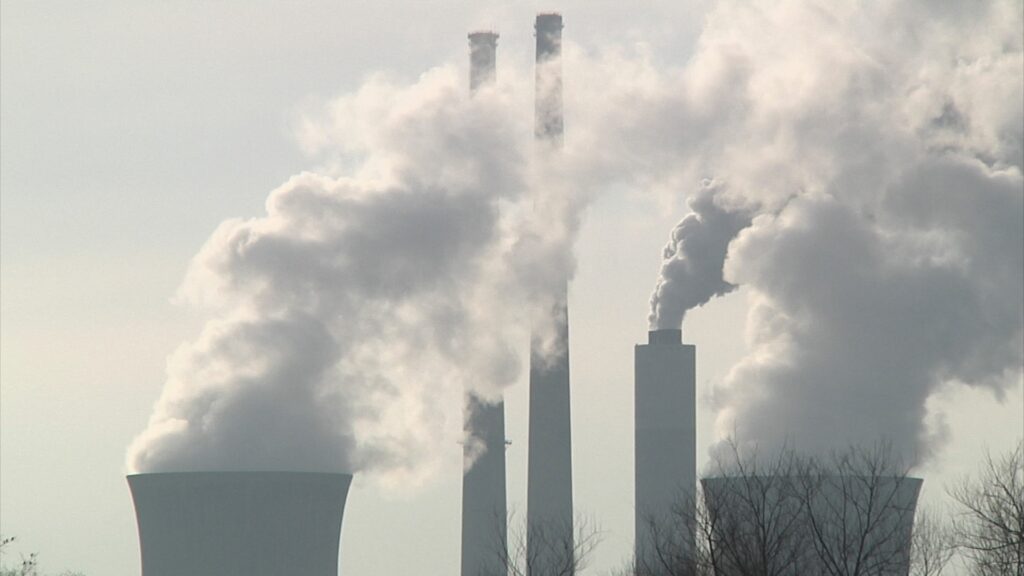The U.S. Environmental Protection Agency (EPA) announced a new rule Wednesday to reduce smog that crosses state lines.
The EPA issued its final “Good Neighbor” rule for nitrogen oxide emissions from power plants and industrial facilities.
West Virginia and 22 other states have to cut NOx emissions. In West Virginia, emissions need to go down by 30 percent by 2027, and in all states, by 50 percent by 2029.
The EPA estimates that within three years, the rule could cut 1,300 premature deaths, 2,300 hospital and emergency room visits, 1.3 million asthma cases and thousands of missed work and school days.
Coal-burning power plants often have systems that remove NOx from their emissions. Mon Power’s Fort Martin Power Station in Monongalia County does not have the most advanced system, and its future is uncertain under the Good Neighbor rule.
Mon Power is evaluating whether to purchase the Pleasants Power Station in Pleasants County. It does have advanced NOx controls.
The plant’s owner, Energy Harbor, is planning to shut it down at the end of May unless a buyer steps forward.
State lawmakers overwhelmingly approved a resolution to “strongly encourage” Mon Power to purchase the plant.






















